HARP, an Early, More Hands-On Version of CPO

It’s easy to think that certified pre-owned, CPO, programs that sell used cars that meet manufacturers’ standards for quality, are a fairly modern development in the car biz, but car companies have been helping their dealers sell ‘approved’ used cars for generations. Chevrolet had its “OK” used car program. Ironically, that branding apparently had its origins in the marketing of 1918 era American Motors (unrelated to the company of the same name formed by the merger of Hudson and Nash), which Louis Chevrolet helped found after he parted ways with Billy Durant and the Chevrolet company. Louis Chevrolet would hand sign the dashboard of each American Six with the rhyming “O.K. Chevrolet”.
While at the new National Hudson Motor Car Museum that’s now part of the Ypsilanti Automotive Heritage Museum, I noticed a poster from Hudson’s H.A.R.P. program. HARP stood for “Hudson Approved Reconditioning Procedure”. I doubt that any current automaker today would use the word “reconditioning”, particularly luxury brands like Mercedes-Benz, which popularized and heavily promotes its CPO program. Consumers in the 1950s were a bit more forgiving, more likely to accept the fact that at 50,000 miles or more many cars would need some kind of overhaul or major reconditioning. Note how #7 on the HARP list is “Perform minor mechanical adjustments and repairs. Major overhaul if necessary.” If you note, it wasn’t the only “if necessary” on the list.
You may also notice that the Chevrolet O.K. ad from the 1950s says that those cars have been “reconditioned” for safety, performance and value. Back then consumers needed assurance that necessary repairs and reconditioning had been done. Today’s CPO programs are more likely to give the impression that those cars are so lightly used and so well treated that repairs and reconditioning aren’t needed to ensure that they are nearly new in condition and performance. They’d never give even the impression, let alone put it in writing, that their cars sometimes need “major” overhauls.
For the most part, that’s probably true. People today will spend $6,000 on a used Toyota with 150,000 miles on the odometer. That kind of long term, high mileage durability was almost unheard of in the 1950s. Automatic transmissions lasted 50,000 miles and at 100,000 miles most engines were tired and in need of rebuilding. It’s likely that the average used car buyer needed greater assurances of reliability back then than the potential buyer of a low mileage E Class needs today. I could be wrong but Hudson’s HARP seems to have meant actually going over the cars and making necessary repairs. Today’s CPO programs seem to me to be more like hand-holding than reconditioning.
Ronnie Schreiber edits Cars In Depth, a realistic perspective on cars & car culture and the original 3D car site. If you found this post worthwhile, you can get a parallax view at Cars In Depth. If the 3D thing freaks you out, don’t worry, all the photo and video players in use at the site have mono options. Thanks for reading – RJS

Ronnie Schreiber edits Cars In Depth, the original 3D car site.
More by Ronnie Schreiber
Latest Car Reviews
Read moreLatest Product Reviews
Read moreRecent Comments
- Slavuta "The 4,861-pound curb weight" -- poor tires"on track, this application sounded pretty good" -- can they make it sound like Hemi?
- Slavuta Next time Poland will get to assemble Senior.BTW, reported today - companies leaving Poland, and not only IT
- SCE to AUX Behold the car that destroyed Scion.The Gen 1 xB embodied the spirit of the brand - no frills and economical. My 05 was one of the best cars I've ever owned.But Toyota completely mis-characterized their target market. Young people weren't buying Scions; it was 40+ people like me who wanted utility - not fancy, high-HP cars.So they addressed all the so-called complaints about the Gen 1, and created this Gen 2 with more power, worse fuel economy, and less utility. It was a dud with stiff competition and the brand folded.
- Slavuta I-95?
- Slavuta I am dying to buy an EV. A daily struggle. Can't wait to have a car that takes 30 minutes to charge @80% every 250 miles. I especially like Tesla's ability to add or remove features while I am asleep, to surprise me in the morning. And when electric car battery starts burning inside my garage - this is top. Extra tire wear is a bonus! While images of lithium mining makes my zen environment.




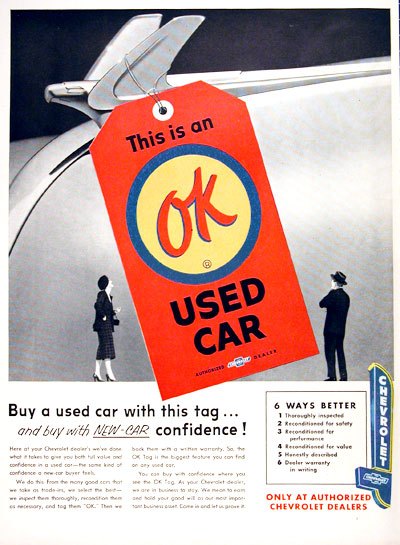







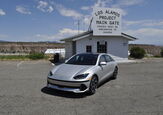







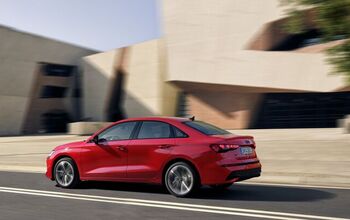
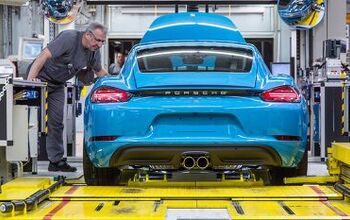
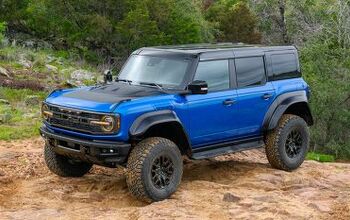
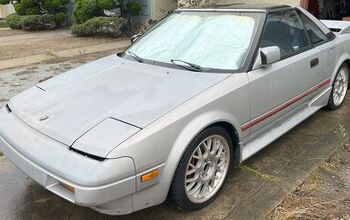




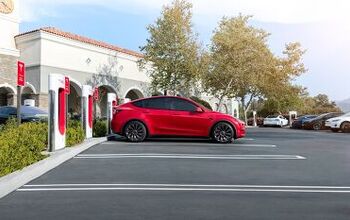
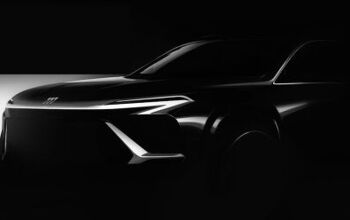
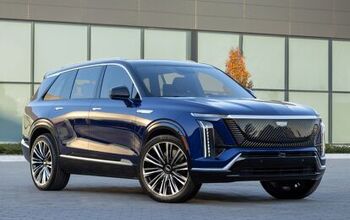
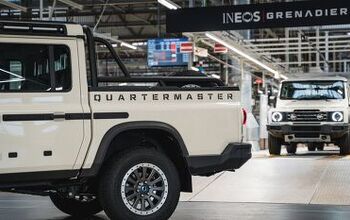
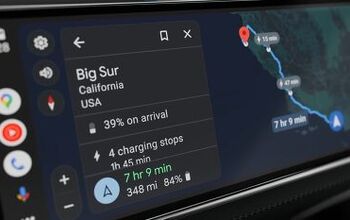
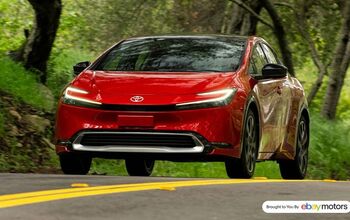


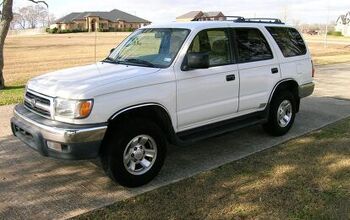
Comments
Join the conversation
It seems logical that you should buy a CPO vehicle from a dealer that sells that model new; at least any repairs should be done correctly, and since the car doesn't have to be sent to a third-party, maybe the savings will be applied to giving the vehicle a closer look.
How does one "regroove" a tire?